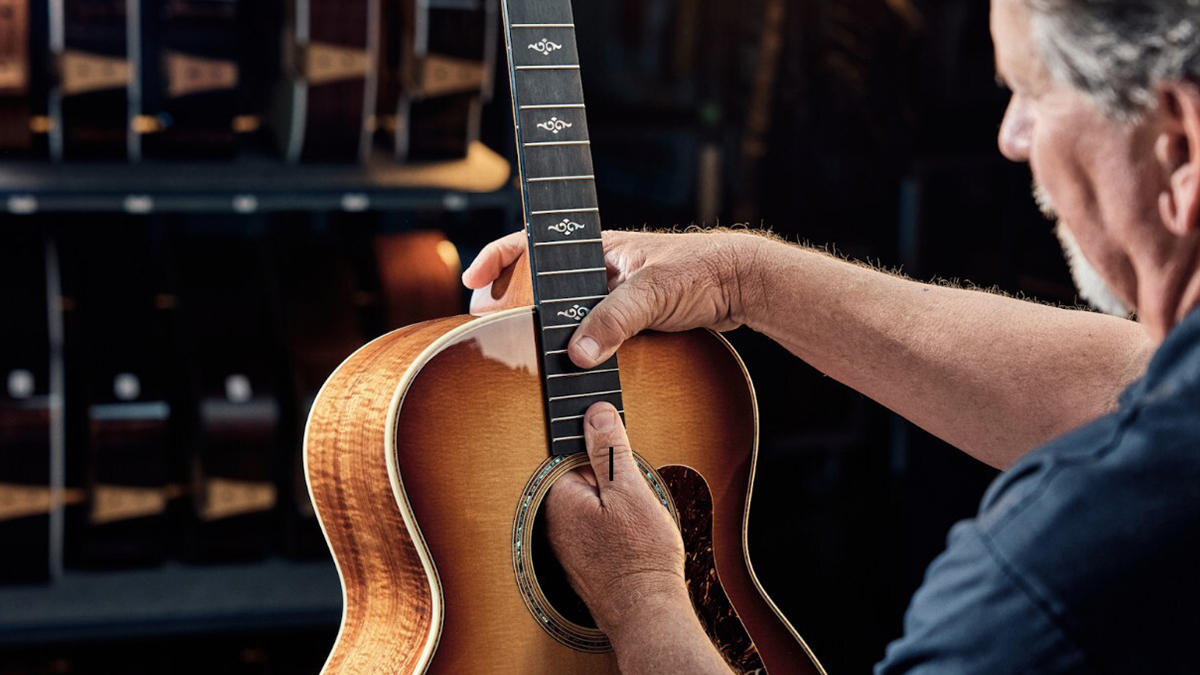“I’m not going to say that some are ‘better’ at it, but they’re more valuable testers”: D’Addario recruits players to help test its strings – and there's one jazz veteran who is more reliable than most
This particular player, who has been a D'Addario artist since 1982, is instrumental in analyzing the nitty gritty of in-progress guitar strings

Step into any guitar store and you'll find D'Addario electric guitar strings and acoustic guitar strings. Since its inception in ’74, the brand has positioned itself as a market leader, luring legions of stars – including Nile Rodgers, Nita Strauss, Joe Satriani, Yvette Young, and many more – into its artist ranks over the years.
One of the secrets behind its success? “We do a great deal of testing with our artists,” discloses Jim D'Addario, the chairman & CEO, in the new Guitarist edition. However, not all guitarists are as reliable as others when it comes to string science.
“I’m not going to say that some are ‘better’ at it, but they’re more valuable testers because they actually take a more objective and scientific approach to evaluating what you’re asking them to test,” D'Addario adds.
“Other people are sometimes not as discriminating – or sometimes overly discriminating. They’re great players, but they’re not great testers, right?”
Pat Metheny is one such artist who D'Addario relies on for analyzing the finer details. The jazz fusion virtuoso, who has been a D'Addario artist since 1982, has been instrumental in collaborating with the brand to – as he astutely puts it – “investigate possibilities of strings and what they can be”.
“I don't think I ever changed the strings on my [Gibson ES-]175 from the time I bought it until maybe I had started playing with Gary [Burton],” Metheny once shared in an interview with D'Addario.
“And I kind of liked how they sounded. They were these flatwound strings that were really dead. And so I asked Jim and everybody, ‘Could you make a string that sounds kind of dead?’ And they did.
Get The Pick Newsletter
All the latest guitar news, interviews, lessons, reviews, deals and more, direct to your inbox!
“I was like, ‘Oh, that's cool that it's possible to have a relationship with a company – and genius inventor – where some of these ideas or thoughts or methods could manifest themselves.’ That began this thing of what we used to call the dead wounds.”
Metheny concludes, “We're on the hunt for the best possible solution. So it's great to have the resources of the company to investigate possibilities of different ways of thinking about strings and how they can be used, and it's something I really value.”
For more from D'Addario, plus new interviews with Rosanne Cash and Brian May, pick up issue 514 of Guitarist at Magazines Direct.
Janelle is a staff writer at GuitarWorld.com. After a long stint in classical music, Janelle discovered the joys of playing guitar in dingy venues at the age of 13 and has never looked back. Janelle has written extensively about the intersection of music and technology, and how this is shaping the future of the music industry. She also had the pleasure of interviewing Dream Wife, K.Flay, Yīn Yīn, and Black Honey, among others. When she's not writing, you'll find her creating layers of delicious audio lasagna with her art-rock/psych-punk band ĠENN.
You must confirm your public display name before commenting
Please logout and then login again, you will then be prompted to enter your display name.
“A distinctive brightness that no other strings have been able to capture”: How Rotosound revolutionized the bass world with its Swing Bass 66 strings – and shaped the sound of rock music in the process
“It’s almost impossible for our machinery to make a bad string”: Jim D’Addario on the history, innovations and future of the world’s biggest string manufacturer – and its biggest-selling string sets











